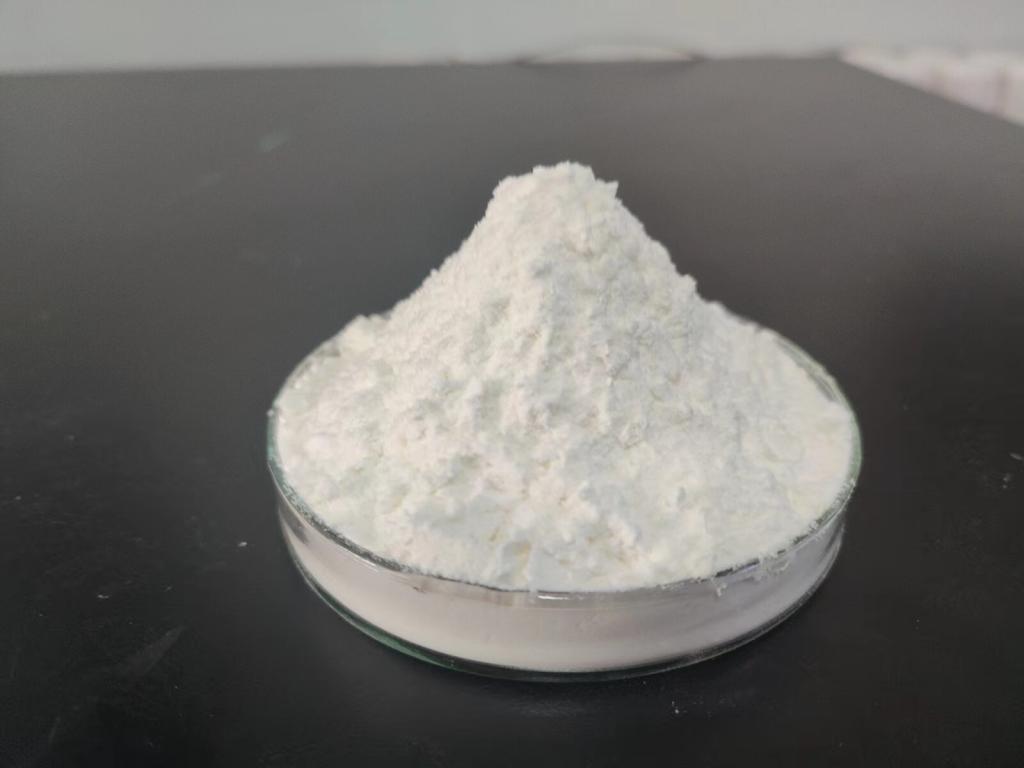Tel:+8618231198596

News
 CONTACT
CONTACT
 CONTACT
CONTACT
- Linkman:Linda Yao
- Tel: +8618231198596
- Email:linda.yao@dcpharma.cn
- Linkman:CHARLES.WANG
- Department:Overseas
- Tel: 0086 0311-85537378 0086 0311-85539701
News
Precision Approache to Food Shelf Life Extension: ε-Polylysine Hydrochloride's Impact
TIME:2024-03-08
Introduction:
The extension of food shelf life is a critical aspect of ensuring food safety, reducing waste, and meeting consumer expectations. This article introduces the concept of precision approaches to food shelf life extension and sets the stage for exploring the unique impact of ε-polylysine hydrochloride in this context.
Understanding ε-Polylysine Hydrochloride:
This section provides an in-depth exploration of ε-polylysine hydrochloride, elucidating its structure, characteristics, and mechanisms of action. A comprehensive understanding of this natural antimicrobial peptide is essential to appreciate its impact on food preservation.
Challenges in Food Shelf Life Extension:
An overview of the challenges faced in extending the shelf life of food products lays the groundwork for the subsequent discussion. From microbial contamination to oxidative processes, this section outlines the complex factors that contribute to the deterioration of food quality over time.
ε-Polylysine Hydrochloride as a Precision Preservative:
This section delves into the applications of ε-polylysine hydrochloride as a precision preservative. Its ability to target specific microbial threats and inhibit spoilage organisms makes it a valuable tool in the precision approach to food shelf life extension. Real-world case studies illustrate successful applications of ε-polylysine hydrochloride in various food products.
Mechanisms of Action in Food Preservation:
Understanding how ε-polylysine hydrochloride operates at a molecular level within food matrices is crucial for optimizing its effectiveness. This section explores the mechanisms of action, including its impact on bacterial cell membranes and its ability to interfere with microbial growth, highlighting its precision in targeting specific pathogens.
Application in Different Food Matrices:
One of the strengths of ε-polylysine hydrochloride lies in its versatility across different food matrices. This section discusses its application in a variety of products, including dairy, meat, beverages, and baked goods. Tailoring the use of ε-polylysine hydrochloride to specific food types contributes to the precision approach in preserving diverse products.
Synergies with Other Preservation Techniques:
ε-Polylysine hydrochloride can be integrated synergistically with other preservation techniques to enhance its efficacy. This section explores potential combinations with technologies such as modified atmosphere packaging, high-pressure processing, and natural antioxidants, showcasing the adaptability of ε-polylysine hydrochloride in precision food preservation.
Regulatory Considerations:
As the use of ε-polylysine hydrochloride in food preservation becomes more prevalent, regulatory considerations become paramount. This section examines existing regulations and guidelines, emphasizing the importance of clear standards to ensure the safe and responsible use of ε-polylysine hydrochloride in food products.
Consumer Perception and Acceptance:
Consumer perception and acceptance play a crucial role in the success of precision approaches to food shelf life extension. This section explores studies and surveys related to consumer attitudes towards ε-polylysine hydrochloride, considering factors such as labeling, transparency, and the perceived impact on food safety.
Environmental and Economic Implications:
Precision approaches in food preservation, including the use of ε-polylysine hydrochloride, can have implications for both the environment and the economy. This section discusses the environmental footprint of ε-polylysine hydrochloride and its potential economic benefits, addressing sustainability concerns and the cost-effectiveness of its implementation.
Future Directions and Innovations:
Looking ahead, this section explores potential future directions and innovations in the application of ε-polylysine hydrochloride for food shelf life extension. From advanced delivery systems to tailored formulations, the continuous development of ε-polylysine hydrochloride promises to refine and expand its impact on precision food preservation.
Conclusion:
In conclusion, ε-polylysine hydrochloride's impact on precision approaches to food shelf life extension is significant and promising. From its unique properties to practical applications, this article provides a comprehensive overview of how ε-polylysine hydrochloride is transforming the landscape of food preservation. As the industry continues to embrace precision techniques, ε-polylysine hydrochloride emerges as a key player in the pursuit of safe, high-quality, and sustainably preserved food products.
- Tel:+8618231198596
- Whatsapp:18231198596
- Chat With Skype







